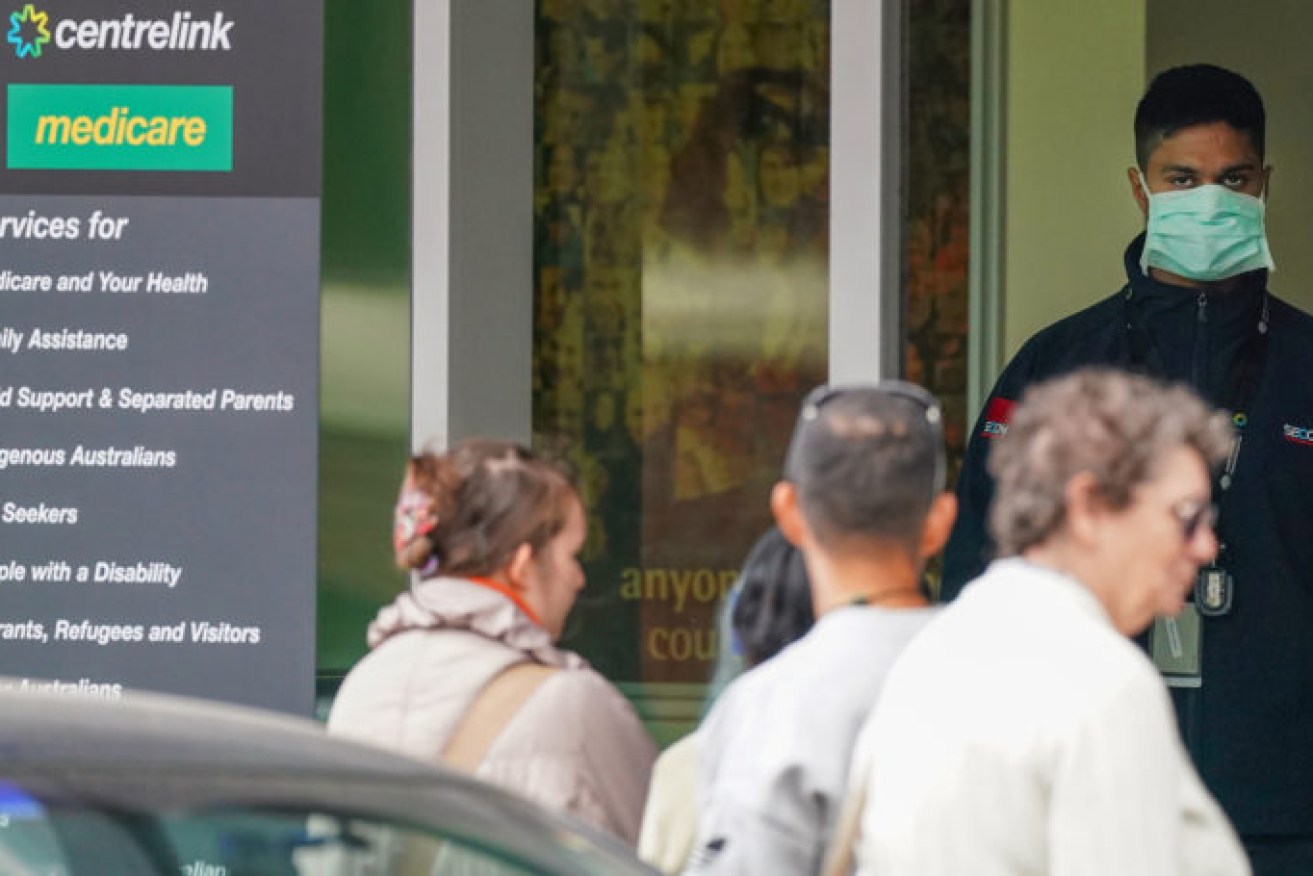State jobless rate returns to nation’s highest
South Australia’s jobless rate has risen sharply to 4.8 per cent from last month’s record low to again be the worst in the nation, while youth unemployment also jumped.


Picture: Scott Barbour/AAP
Australian Bureau of Statistics labour force figures for January released today show the state’s youth unemployment rate rose from a record low 7.3 per cent in December to 10.8 per cent in January.
While the seasonally adjusted national jobless rate was unchanged from December to January at 4.2 per cent, South Australia’s January unemployment rate increased by 0.9 per cent, coinciding with the peak of the state’s Omicron variant COVID-19 wave.
December’s figure of 3.9 per cent was the first time the state’s unemployment rate has fallen below four per cent for the first time since records began in 1978.
The number of people in SA with a job fell by 7300 while those employed full time fell by 5800 to 569,800.
The participation rate – the percentage of work-aged people either in a job or looking for one – in the state was flat at 62.9 per cent, well below the national average of 66.2 per cent.
The ACT now has Australia’s lowest unemployment rate at 3.2 per cent, followed by Western Australia (3.7 per cent), Tasmania (3.8 per cent), Northern Territory (3.8 per cent), Victoria (4.1 per cent), New South Wales (4.2 per cent), Queensland (4.4 per cent) and SA (4.9 per cent).
South Australia has regained the unwanted mantle of having the highest unemployment rate in the nation – a title it held for six of the 12 months of 2021 but not since September.
Nationally, the youth unemployment rate for 15-24-year-olds rose 0.6 per cent to 10 per cent.
Total employment increased by 0.1 per cent, or 12,900 people, to 13,255,000 in Australia in January.
However, the total number of hours worked nationally for the month decreased by 159 million hours as underemployment grew to 6.7 per cent.
Head of labour statistics at the ABS Bjorn Jarvis said the large fall in hours worked in January reflected more people than usual taking annual leave and sick leave in the first two weeks of the year.
This was a period with high numbers of COVID cases associated with the Omicron variant, including the peak in South Australia.
“Last year, in January 2021, the large 4.9 per cent fall in hours worked mainly reflected more people than usual taking annual leave. At that time there were relatively low numbers of active cases of COVID and only localised impacts,” Jarvis said.
“While we again saw higher than usual numbers of people taking annual leave – even more so than last year – the 8.8 per cent fall in hours worked in January 2022 also reflected much higher than usual numbers of people on sick leave.”
“Nationally, and in New South Wales and Victoria, the number of people who worked reduced hours because they were sick was around three times the pre-pandemic average for January. In other states and territories, it was twice as many people.
“January is the middle of summer and usually only around 90,000 to 100,000 people in Australia are away from work sick for an entire week. In January 2022 it was around 450,000 people (3.4 per cent of employed people).”




